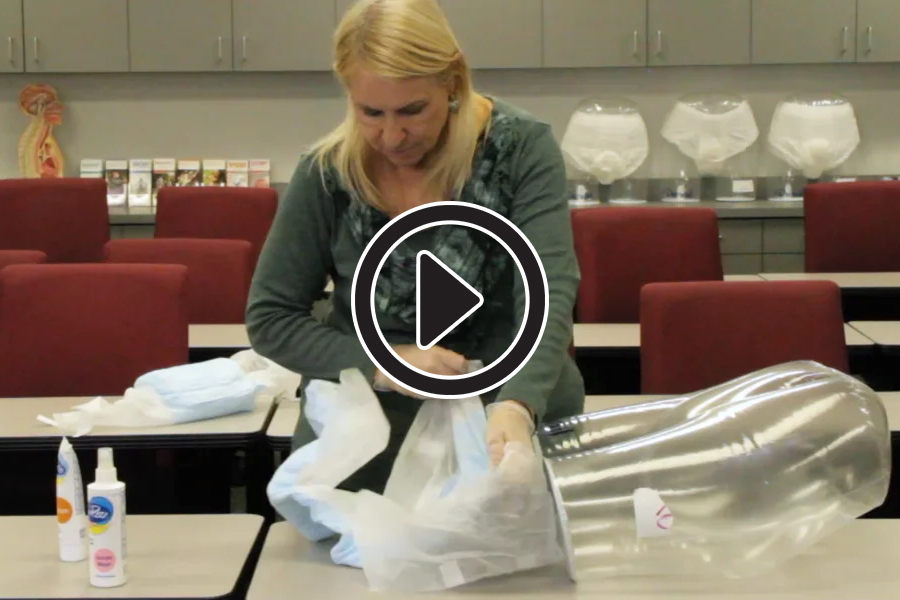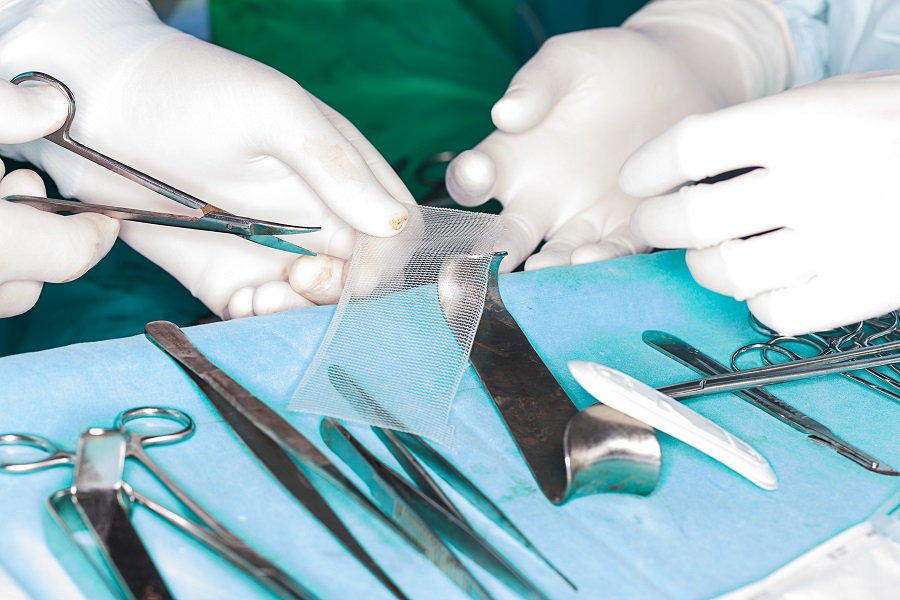Incontinence-associated dermatitis, or IAD, is an inflammation of the skin that occurs when the skin comes into contact with urine and/or fecal matter. It can be both painful and embarrassing for patients and is a well-recognized risk factor for the development of pressure injuries, which are not only painful for patients, but also expensive to treat.
You can find an infographic featuring this information by clicking the button below:
Although providers take steps to prevent it, incontinence-associated dermatitis continues to occur. In a study of acute care patients, the overall prevalence of incontinence was 19.7%, and of the patients suffering from incontinence, 42.7% experienced skin injury. In addition, as many as 5.6% to 50% of long-term-care residents experience IAD.
The economic impact of incontinence-associated dermatitis is significant. The inflation-adjusted annual estimated cost for skin conditions related to incontinence in the United States eclipses $215 million, and on average, in a long-term care setting, the cost to treat one mild to moderate IAD episode in one resident can be up to $169.
Research suggests that healthcare providers and incontinence patients benefit from the implementation of an evidence-based skin care regimen. In a 2008 study, the incidence of IAD in nursing home residents during use of a defined skin-care protocol, quality products and staff education was reduced to 3.4%. In another study, cost of care for IAD was cut in half following the implementation of a new program that included product modifications and intensive staff training. In addition to cost savings, a new skin-care regimen program saved a nursing home staff 34 minutes per patient per day.
The implementation of an evidence-based skin care regimen, along with the proper use of high-quality incontinence products, has been shown to prevent the onset of IAD and manage overall health care costs. Plus, the occurrence of IAD may reduce perceived quality of care within the facility, diminish patient and family satisfaction, create susceptibility to litigation and lower a facility’s utilization of services.
For more information, see incontinence and wound related articles here:
- Recorded Webinar: Living Well with Incontinence Video
- Biofilm: Why a Chronic Wound May Be Failing to Heal
- Common Incontinence Terms
- Webinar Video: Is It Infected? How Do I Really Know?
- How Common is Incontinence?
Sources:
Nursing, 2016 http://journals.lww.com/nursing
Journal of Wound, Ostomy and Continence Nursing http://journals.lww.com/jwocnonline
The National Center for Biotechnology Information http://www.ncbi.nlm.nih.gov/






















